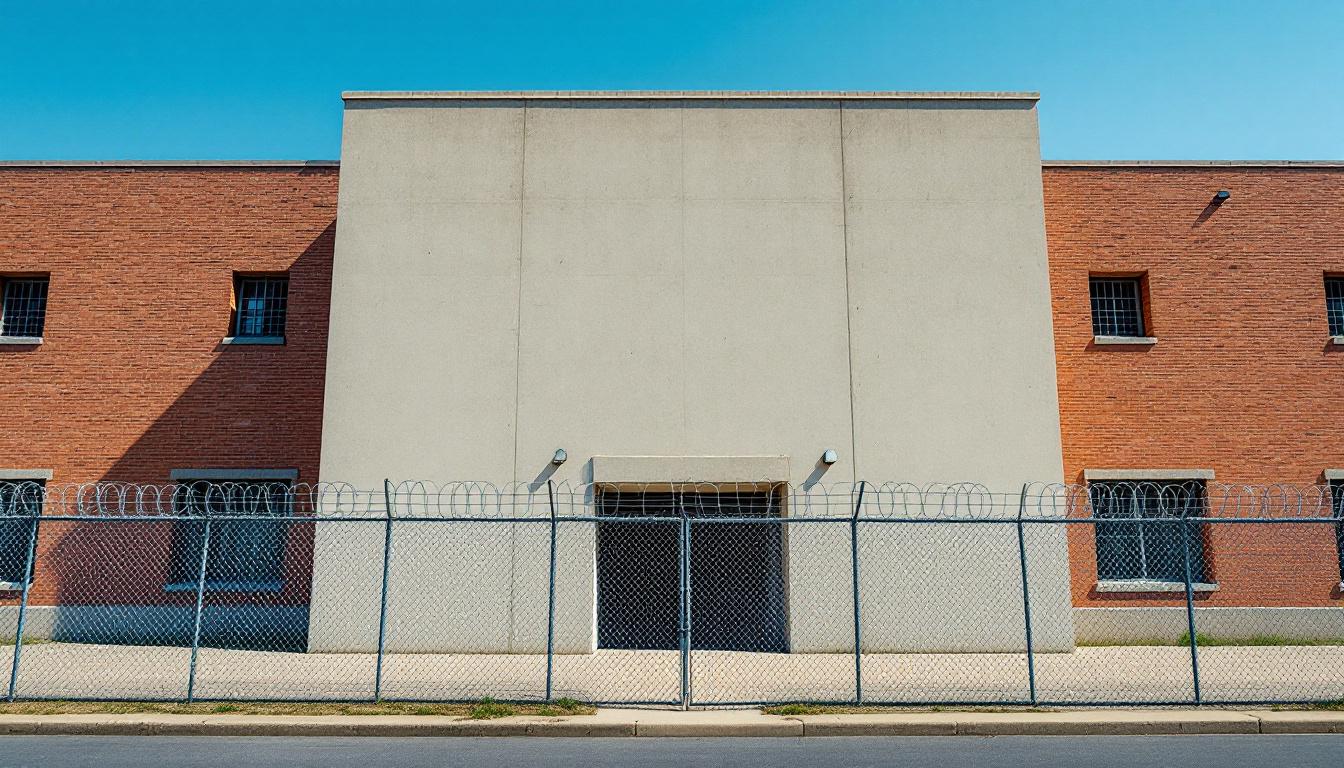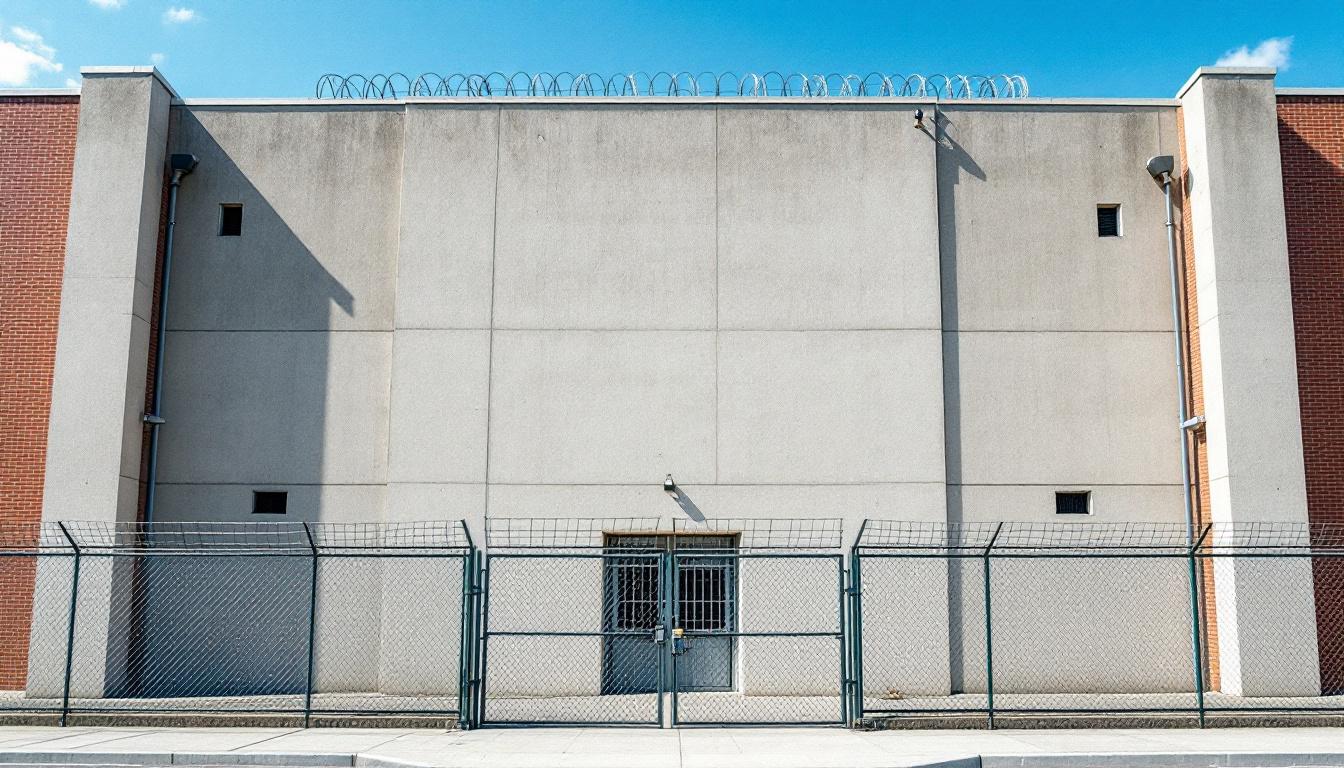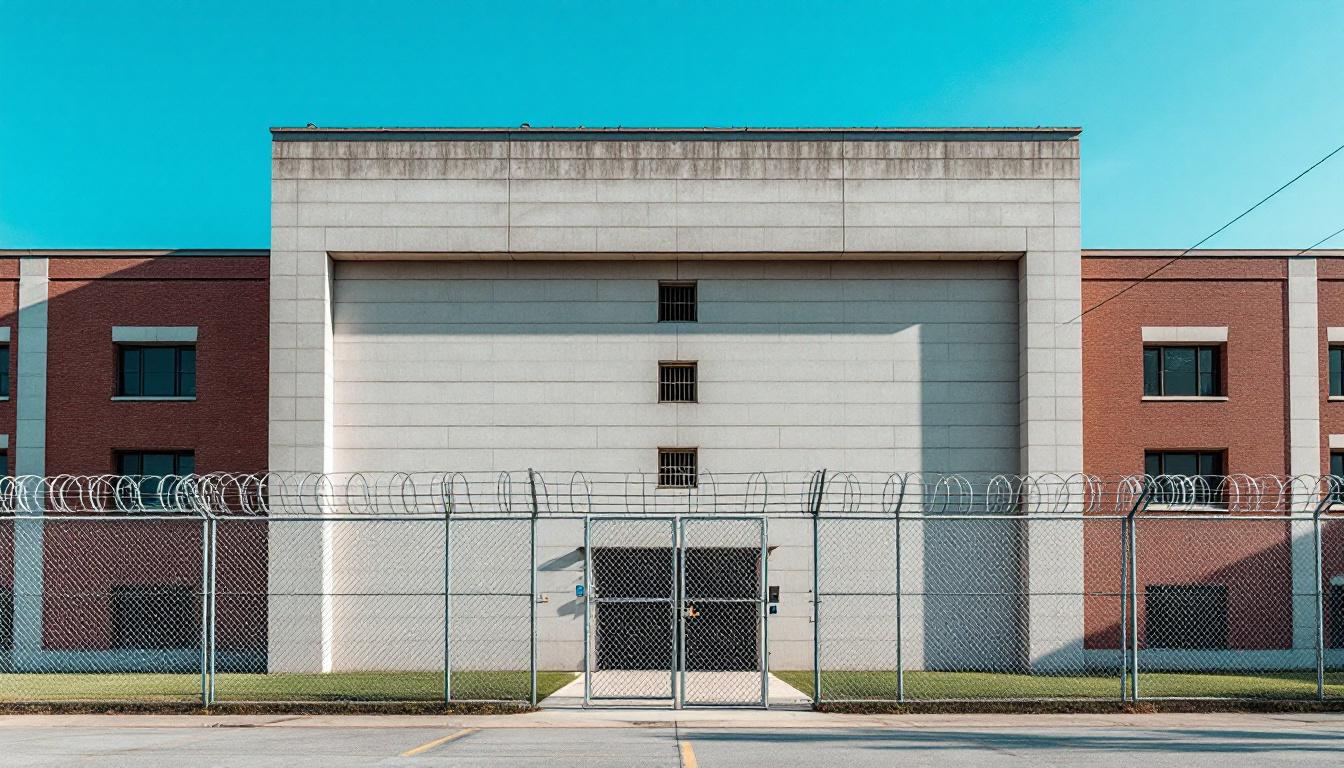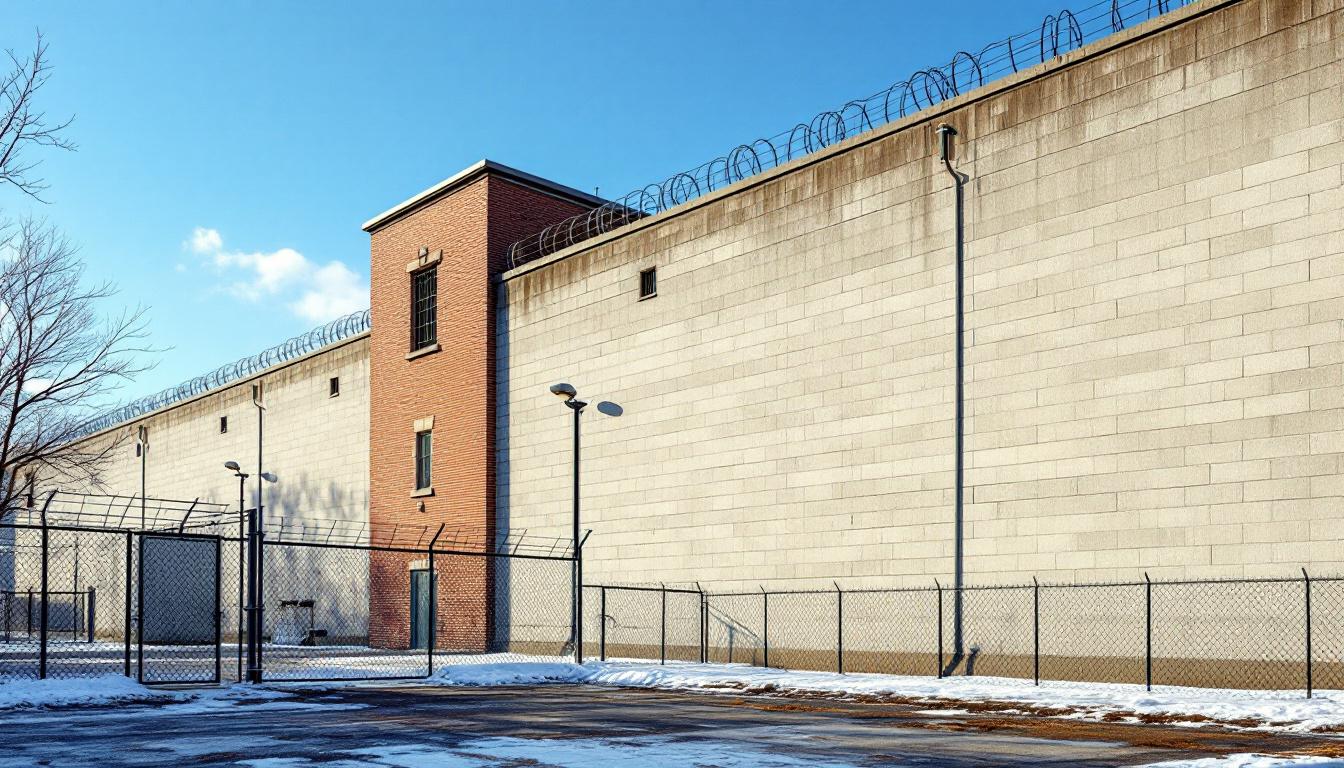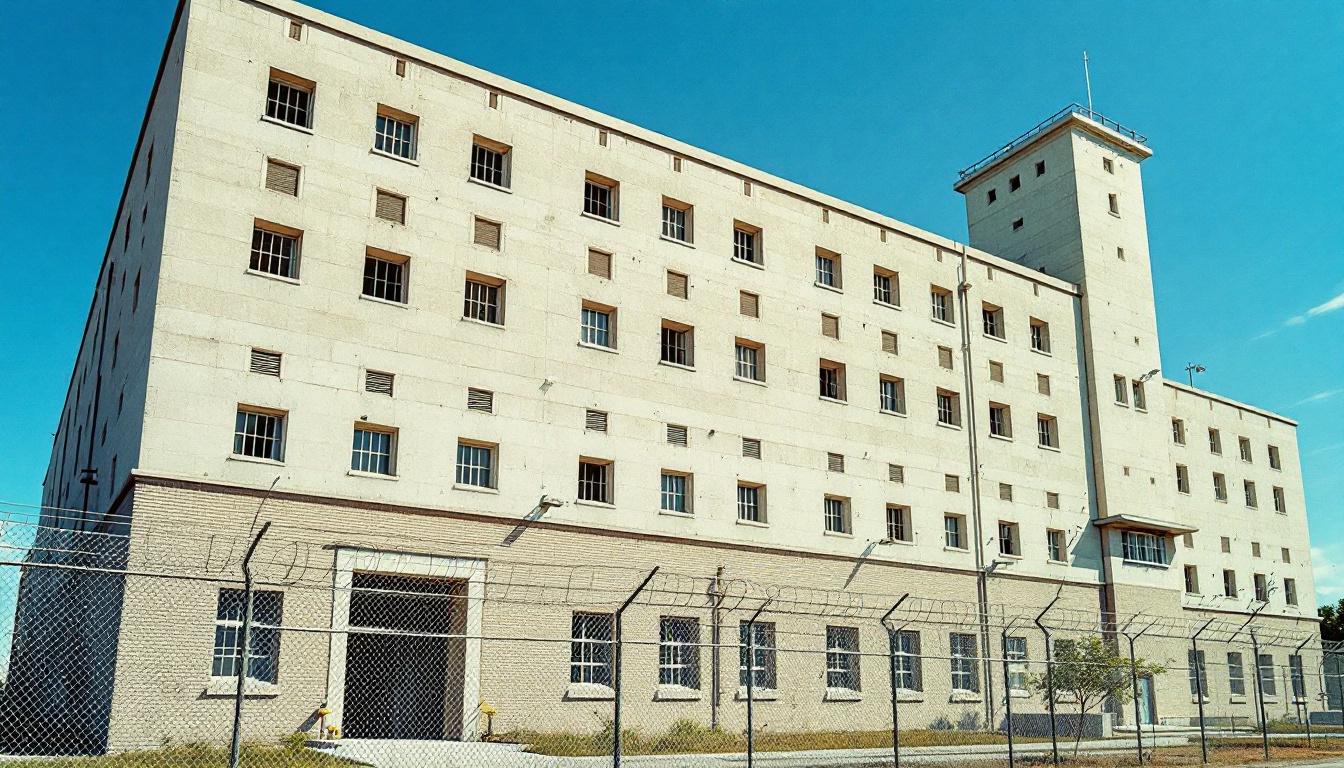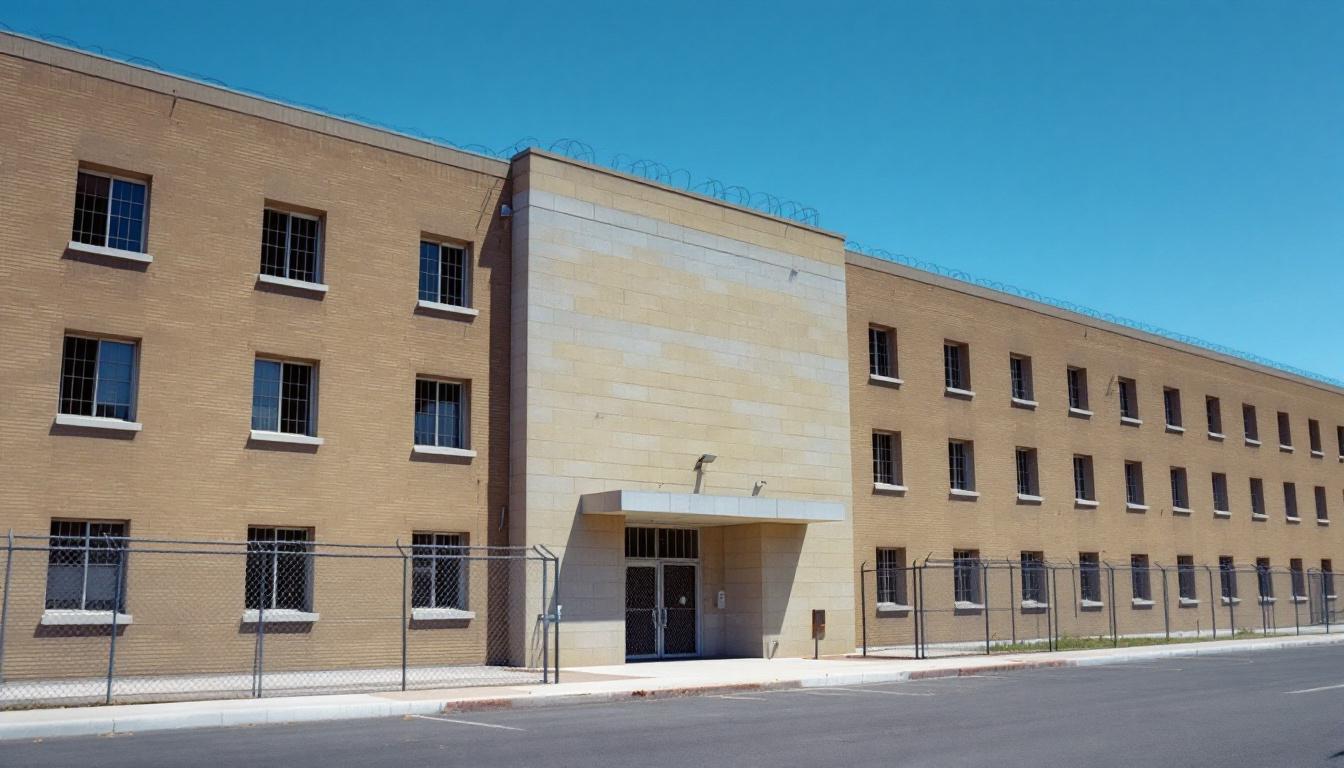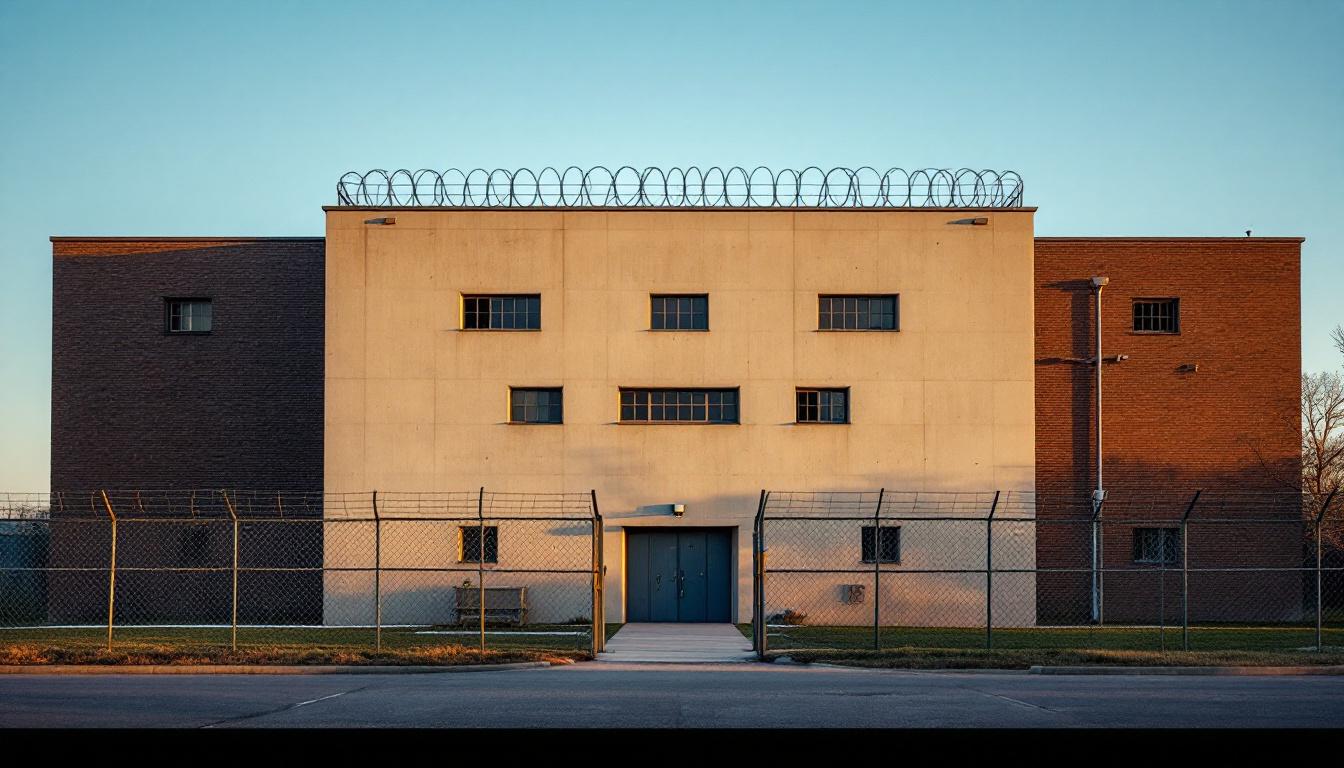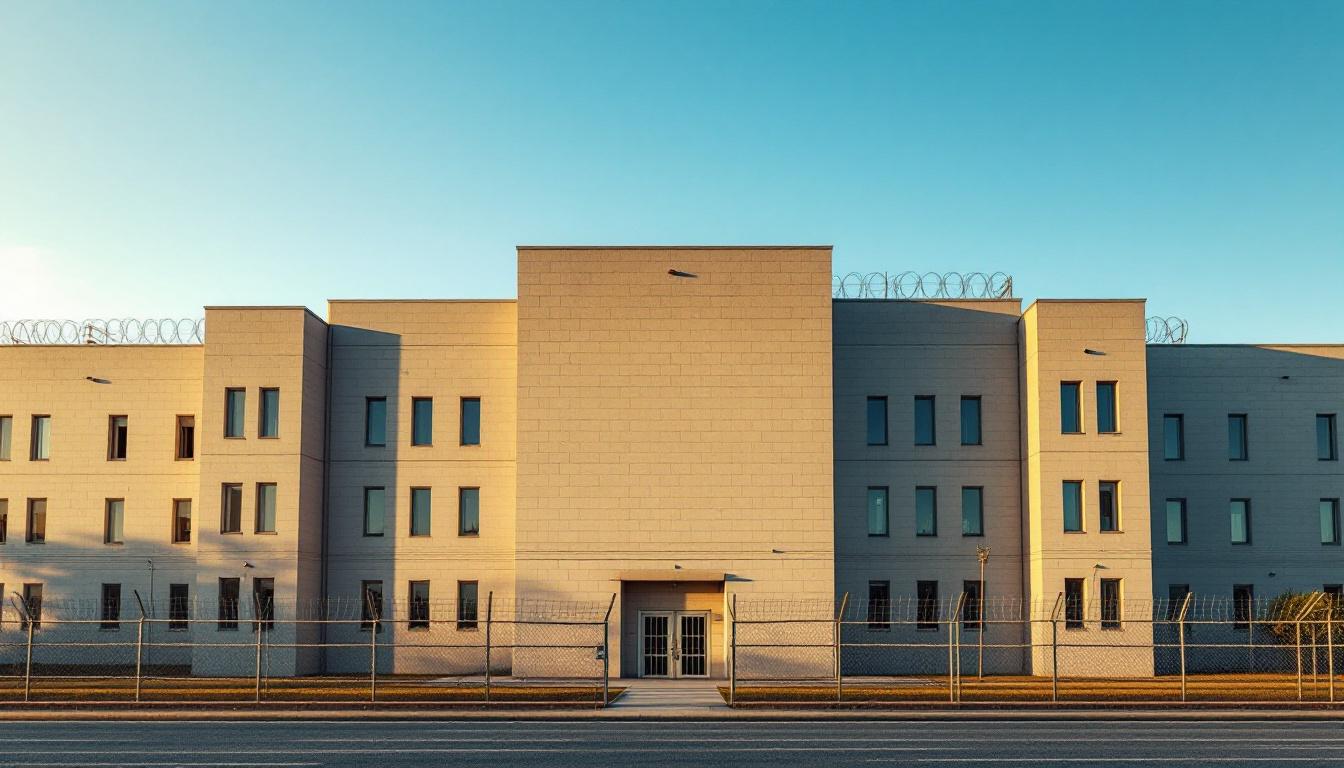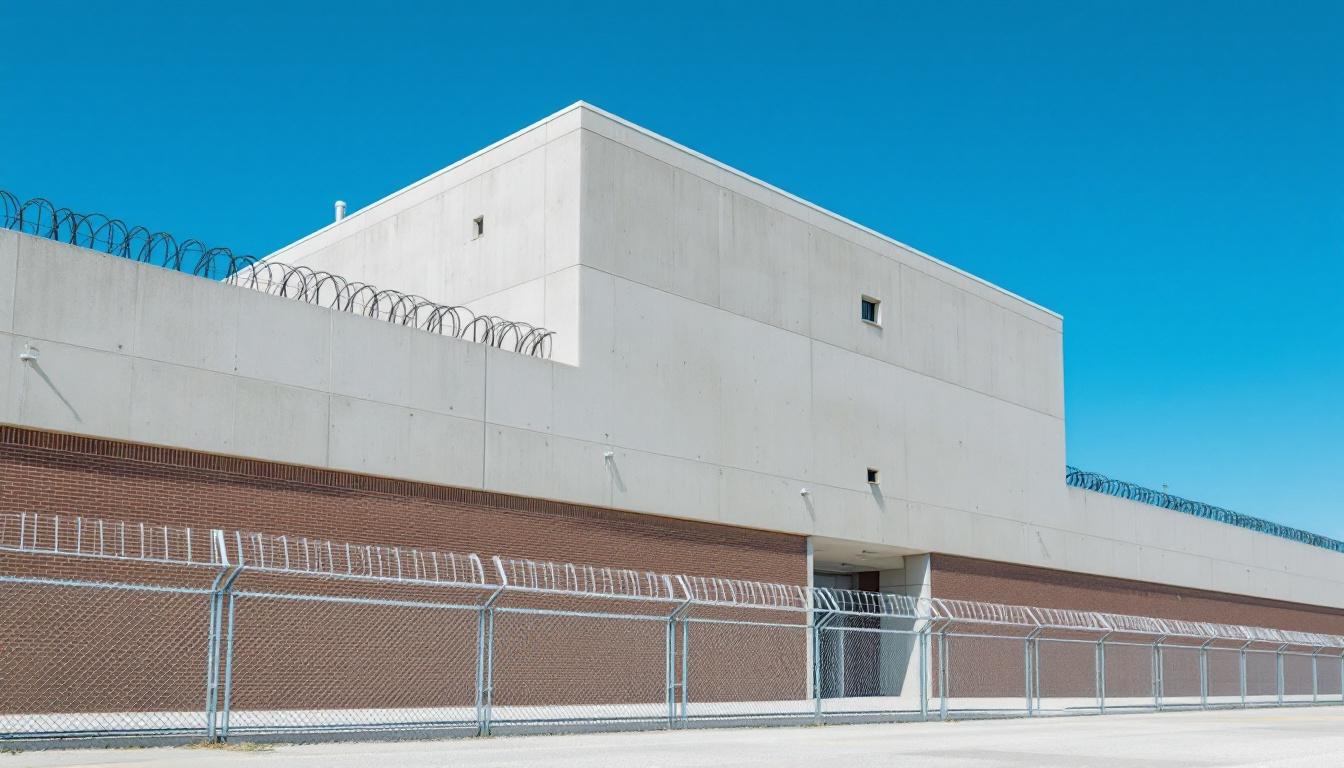
Quick Navigation
How to contact an inmate at Clallam Bay Corrections Center
This comprehensive guide will walk you through how to connect with an inmate at Clallam Bay Corrections Center. Follow the steps below to find an inmate and send letters and photos:
- Search for the inmate using our search tool below
- Create your account or log in to Penmate
- Write your message (up to 6,000 characters)
- Send instantly - inmates receive printed copies daily
Find an Inmate
Search for an inmate to start communicating today
Tip: You can search by first name, last name, or inmate ID number
To contact a person at Clallam Bay Corrections Center start by searching for the person on the official facility website. Perform a search by following these steps:
- Step 1: Enter their first name and last name into the search form and click "Search"
- Step 2: Locate their inmate record
- Step 3: Write down their Inmate ID and any housing information provided
Important! Be sure to enter the person's full name. Nicknames should not be used.
How to Send Messages to Inmates

You can use your phone or computer to send emails, letters, and photos to an inmate. Messages are sent electronically to inmate tablets or kiosks at the facility. If you would like to send a message, start by searching for an inmate at Clallam Bay Corrections Center.
Sending Photos and Postcards

A great way to send love and support to a loved one at Clallam Bay Corrections Center is to send photos and postcards. It only takes a few minutes to send photos from your phone and it makes a huge difference. You can also mail postcards with words of support and inspiration, or design your own postcard for special moments like birthdays and holidays.
Important! Be sure not to send any explicit photos or they may not be approved by the facility. You can also use a photo printing app like Penmate to make sure your photos are printed at the correct size (4x6 or 3x5) and are mailed according to the rules and regulations of Clallam Bay Corrections Center.
Frequently asked questions about Clallam Bay Corrections Center
-
How long does it take to deliver a message?
If you're sending an email message your letter is usually delivered within 24-48 hours. For messages sent via mail you should expect delivery within 3-7 days. All messages will need be approved by Clallam Bay Corrections Center.
-
How much does it cost to send a message to Clallam Bay Corrections Center?
You can send a message free using your phone or mail a message via USPS for the price of a $0.60 stamp and envelope. You can also purchase credits or e-stamps from services starting at $1.99.
-
What services can I use to contact an inmate at Clallam Bay Corrections Center?
Penmate
You can use Penmate to send letters and photos to an inmate from your phone. It's an easy way to stay in touch during your loved one's incarceration. Use the inmate locator to find an inmate's location and contact information, then you can send messages within a few minutes.
Securus messaging
Securus may be another option for communicating with an inmate at Clallam Bay Corrections Center. You can create a friends and family account and purchase credits to send messages. All messages will be reviewed and must be approved by the facility.
JPay
Some county jails and state prisons may support sending messages with JPay. You must register an account with the system, find your loved one, and purchase stamps to send messages. For some locations you can also attach photos.
Smart Jail Mail
You may also check if Smart Jail Mail is available at Clallam Bay Corrections Center. Smart Jail Mail is operated by Smart Communications and has contracted with some state and county jails. After purchasing credits, your messages and photos are sent to the facility, printed out, and then handed out to your loved one.
-
What is the mailing address of Clallam Bay Corrections Center?
Mailing address:
Clallam Bay Corrections Center
1830 Eagle Crest Way
Clallam Bay, WA 98326
Phone: (360) 963-2000Business hours:
- Monday: Open 24 hours
- Tuesday: Open 24 hours
- Wednesday: Open 24 hours
- Thursday: Open 24 hours
- Friday: Open 24 hours
- Saturday: Open 24 hours
- Sunday: Open 24 hours
-
What are the visiting hours at Clallam Bay Corrections Center?
Visiting hours at Clallam Bay Corrections Center vary by housing unit and security level. Generally, visits are scheduled on weekends and holidays, with some facilities offering weekday visits. Contact the facility directly at (360) 963-2000 or check their website for the current visiting schedule. Visits typically last 30-60 minutes and must be scheduled in advance.
-
What items are prohibited when sending mail to Clallam Bay Corrections Center?
Prohibited items typically include: cash, personal checks, stamps, stickers, glitter, glue, tape, staples, paperclips, polaroid photos, musical or blank greeting cards, hardcover books, magazines with staples, and any items containing metal or electronics. Only send letters on plain white paper with blue or black ink. Photos must be printed on regular photo paper (no Polaroids). Always check with Clallam Bay Corrections Center for their specific mail policies.
-
How do I send money to an inmate at Clallam Bay Corrections Center?
You can send money to an inmate at Clallam Bay Corrections Center through several methods: 1) Online using JPay, Access Corrections, or the facility's approved vendor, 2) Money orders mailed directly to the facility with the inmate's name and ID number, 3) Kiosks located in the facility lobby, or 4) Over the phone using a credit or debit card. Fees vary by method, typically ranging from $2.95 to $11.95 per transaction.
-
Can I schedule a video visit with an inmate at Clallam Bay Corrections Center?
Many facilities now offer video visitation as an alternative to in-person visits. At Clallam Bay Corrections Center, video visits may be available through services like Penmate, Securus Video Connect, GTL, or ICSolutions. Video visits typically cost $10-20 for 20-30 minutes and must be scheduled in advance. You'll need a computer or smartphone with a camera and reliable internet connection. Contact the facility for their specific video visitation policies and approved vendors.
-
What identification do I need to visit an inmate at Clallam Bay Corrections Center?
All visitors must present valid government-issued photo identification such as a driver's license, state ID, passport, or military ID. Minors must be accompanied by a parent or legal guardian who can provide the minor's birth certificate. Some facilities require visitors to be on the inmate's approved visitation list, which may require a background check. Contact Clallam Bay Corrections Center for specific ID requirements and visitor approval procedures.
-
How can I find out an inmate's release date?
To find an inmate's release date at Clallam Bay Corrections Center, you can: 1) Use the online inmate search tool if available, 2) Call the facility's records department, 3) Contact the inmate's case manager or counselor, or 4) Have the inmate provide this information during a call or visit. For privacy reasons, some facilities only release this information to immediate family members.
Facility Overview
Contact Information
Clallam Bay Corrections Center1830 Eagle Crest Way
Clallam Bay, WA 98326
Phone: (360) 963-2000
Official Website

About Clallam Bay Corrections Center
Correctional facilities within Washington State’s system serve multiple functions beyond secure housing, with community reintegration representing a fundamental component of modern offender management philosophy. Located in the remote coastal community of Clallam Bay, this WA correctional facility operates within the broader framework of the state’s commitment to rehabilitation and public safety, serving the population services through structured programming designed to address the complex needs of incarcerated individuals.
The facility’s positioning in Clallam Bay reflects the Pacific region’s approach to correctional management, where geographic isolation may offer certain operational advantages while presenting comprehensive challenges for maintaining family connections and community ties. Programming typically emphasizes skill development, educational opportunities, and behavioral interventions that prepare individuals for eventual reintegration into society. The correctional facility generally provides access to mental health services, substance abuse treatment, and vocational training programs, though specific offerings may vary based on operational capacity and individual needs assessment.
Community integration efforts often extend beyond the facility’s walls through partnerships with local service providers and reentry organizations throughout Washington State. The facility’s role in Clallam Bay includes coordination with regional support networks to facilitate successful transitions, while maintaining the security protocols necessary for public safety. These comprehensive approaches to offender management typically involve case planning, family engagement opportunities, and connections to post-release services that may include housing assistance, employment support, and ongoing counseling resources designed to reduce recidivism and promote long-term community stability.
Programs & Services
Through structured programming and individualized support, Clallam Bay Corrections Center helps the population develop essential skills for successful reintegration into their communities. The facility’s approach emphasizes practical skill-building alongside personal development opportunities. Programs are designed to address various needs, from basic education to vocational training, creating pathways for meaningful participation and growth.
Educational services form a cornerstone of support at the facility, with programs that may include basic literacy instruction, GED preparation, and distance learning opportunities. These educational initiatives help participants build foundational skills while working toward academic credentials. Moreover, vocational programs provide hands-on training in practical trades and skills that can lead to employment opportunities upon release. Work programs within the facility often include building maintenance assignments, which allow the population to gain valuable experience while contributing to facility operations.
The facility typically offers additional supportive programming through arts and crafts activities, which provide creative outlets and stress relief for participants. These programs often serve dual purposes, helping individuals develop new interests while building confidence and social connections. Distance learning options may expand educational access, allowing the population to pursue various subjects and certifications. Together, these diverse programs create a comprehensive support system that addresses both immediate needs and long-term goals, helping prepare individuals for successful transitions back to their families and communities.
Daily Life & Visitation
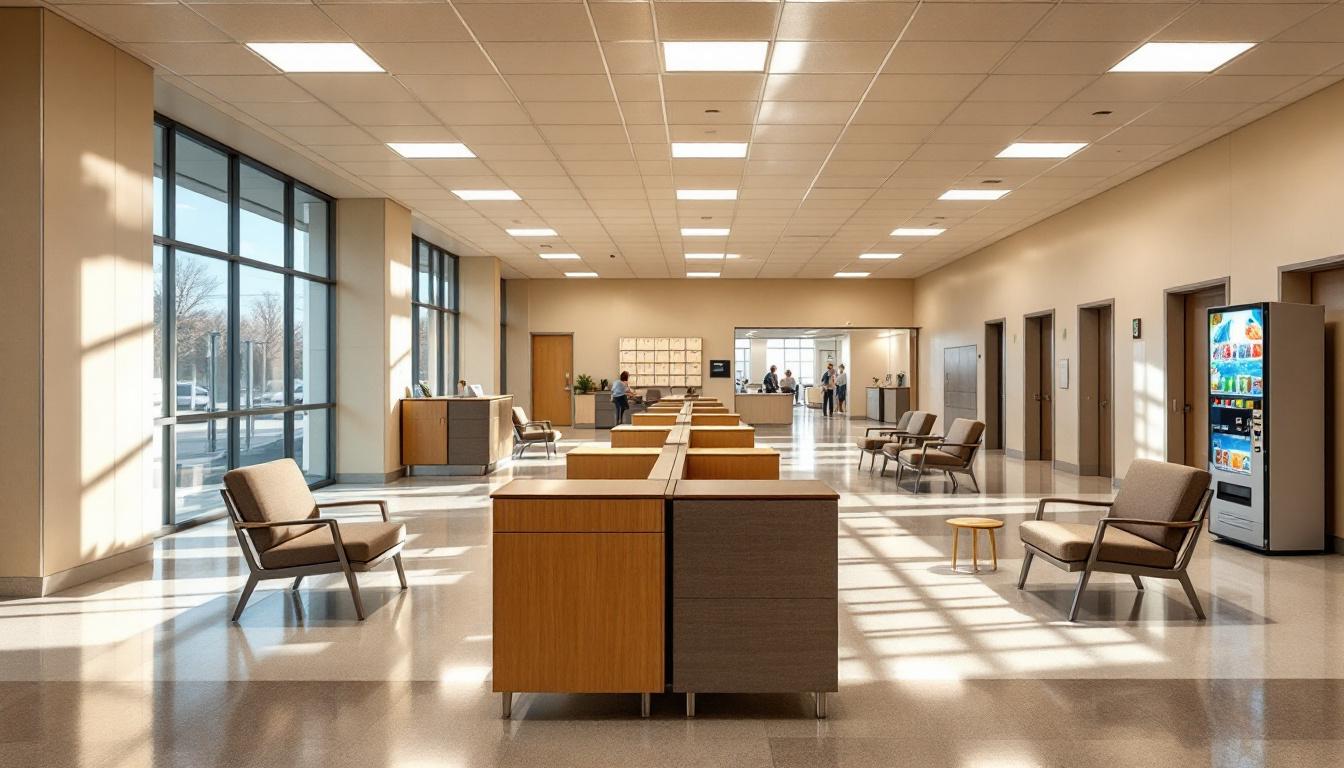
Structured scheduling forms the backbone of operations at Clallam Bay Corrections Center, where systematic organization shapes every aspect of the population’s daily experience. Today’s routine typically begins with early morning counts and consistently follows established protocols throughout each phase of the day. The population generally moves through predetermined schedules that supply predictability and order, with activities rotating between housing units, work assignments, meals, and programming sessions.
Living accommodations at the facility typically house the population in multi-person cells or dormitory-style units, depending on security classification and available space. Moreover, each housing area generally maintains its own common spaces where residents may gather during designated periods. Meals are usually served in centralized dining areas according to predetermined schedules, with the population rotating through in organized groups to maintain orderly operations.
Work assignments often supply structure to daily routines, with the population typically participating in facility maintenance, kitchen operations, laundry services, or grounds keeping duties. Whereas recreational opportunities may include access to exercise yards, gymnasium facilities, and organized sports during scheduled periods, structured programming schedules generally encompass educational classes, vocational training, and counseling sessions. Family connections are typically maintained through scheduled visitation periods and monitored phone calls, with commissary services usually available to supplement basic necessities and provide limited personal items for the population.
Ready to Connect?
Start communicating with your loved one today
Search for an Inmate
